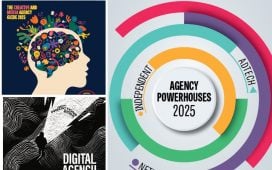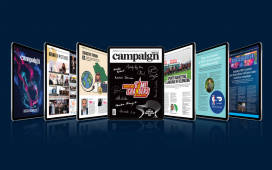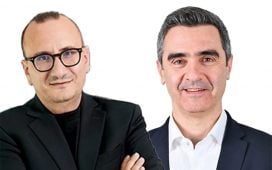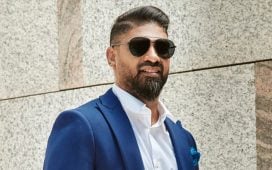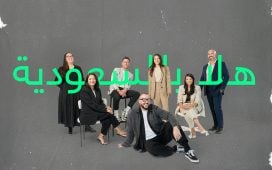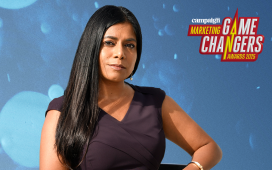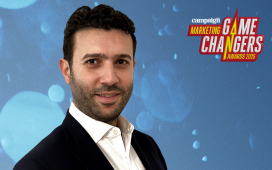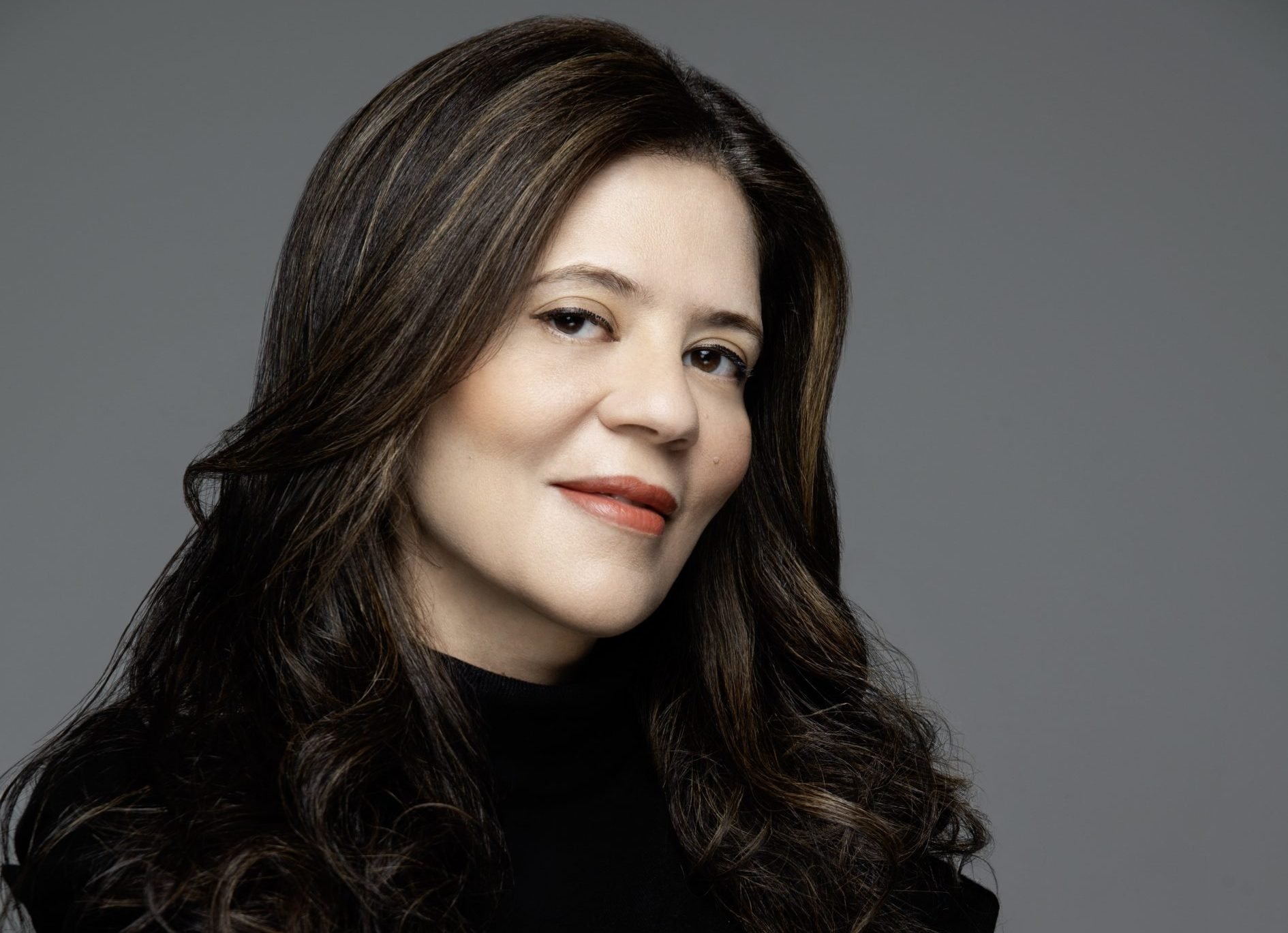 Rasha Mansour, Managing Partner, Oda Concepts
Rasha Mansour, Managing Partner, Oda ConceptsWhen I began my career in 2003 as a brand manager at Jumeirah, storytelling in Dubai’s communications industry was all about projection. Brands had a message, and they told it loud and clear through print ads, press releases, and brochures.
The emphasis was on delivering a polished narrative, carefully crafted to shape the perception of the audience. It was a world of “telling” where the audience passively received information, and the conversation ended there.
However, the landscape of storytelling in Dubai’s communications industry has changed dramatically over the past two decades. The rise of digital media and social platforms has transformed how stories are told, shifting from a o
To continue reading this article you need to be registered with Campaign. Registration is free and only takes a minute. Register Now or sign in below if you already have an account.

